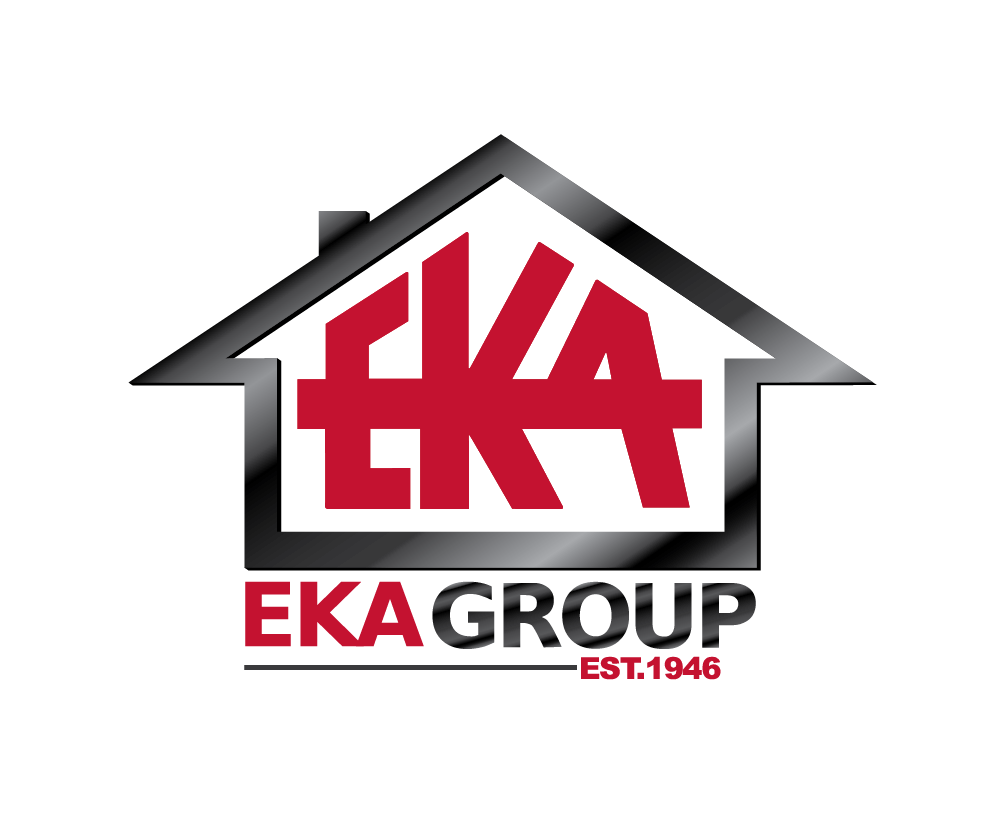
Understanding the Benefits of Insolating Glass Silicone Glass Glue for Modern Architecture
In recent years, the architecture industry has increasingly embraced innovative materials that enhance both the aesthetic and functional aspects of building design. One such material is Insolating Glass Silicone Glass Glue, which offers exceptional bonding strength and durability for glass applications in modern architecture.
According to a report by MarketsandMarkets, the global silicone adhesives market is projected to reach USD 5.19 billion by 2024, indicating a rising demand for high-performance adhesive solutions like Insolating Glass Silicone Glass Glue. This adhesive not only ensures effective insulation properties but also contributes to energy efficiency and sustainability, aligning with the industry's push towards environmentally friendly practices.
As architects and builders seek to elevate their designs while addressing energy consumption concerns, the adoption of Insolating Glass Silicone Glass Glue is poised to play a pivotal role in shaping the future of modern architectural innovation.
The Role of Silicone Glass Glue in Sustainable Architecture
In the pursuit of sustainable architecture, silicone glass glue has emerged as a pivotal element in modern building practices. Its exceptional bonding properties are not only vital for structural integrity but also enhance the energy efficiency of buildings. According to a report by the International Energy Agency, buildings account for approximately 36% of global energy consumption, making the choice of materials essential. Silicone glass glue allows for superior thermal performance by facilitating the use of insulating glass units, which significantly reduce heat loss and improve insulation.
Furthermore, silicone glass glue contributes to sustainability by being a long-lasting solution that requires minimal maintenance. A study published in the Journal of Architecture and Building Science indicates that the lifespan of silicone adhesives can exceed 25 years, implying less frequent replacements and reduced waste. Additionally, the low volatile organic compound (VOC) emissions of modern silicone formulations align with green building standards, supporting the global push towards eco-friendly architecture. By incorporating silicone glass glue into their designs, architects not only enhance the performance of their structures but also actively participate in reducing the environmental footprint of modern construction.
Understanding the Benefits of Insolating Glass Silicone Glass Glue for Modern Architecture - The Role of Silicone Glass Glue in Sustainable Architecture
| Feature | Description | Benefits |
|---|---|---|
| Insulation Properties | Silicone glass glue provides excellent thermal insulation, reducing heat transfer. | Increases energy efficiency and reduces heating/cooling costs. |
| Water Resistance | Highly resistant to water, preventing leaks and moisture damage. | Enhances the durability and lifespan of building materials. |
| Flexibility | Allows for movement in building materials without cracking or breaking. | Ensures structural integrity in varying environmental conditions. |
| UV Resistance | Resistant to UV radiation, preventing degradation over time. | Maintains aesthetic appeal and functionality of glass elements. |
| Sustainability | Made from environmentally friendly materials that can be recycled. | Contributes to sustainable building practices. |
Key Properties of Insulating Glass Silicone for Modern Buildings
In modern architecture, insulating glass silicone is revolutionizing the way buildings are designed and constructed. This innovative adhesive offers exceptional properties that enhance energy efficiency and structural integrity. One of the key benefits is its outstanding flexibility, which allows it to accommodate the natural expansion and contraction of building materials, ultimately preventing cracks and ensuring long-lasting durability.
Tips: When selecting insulating glass silicone, always consider the specific environmental conditions the building will face. Assessing factors such as temperature fluctuations and humidity levels can help you choose the right formulation for optimal performance.
Another significant property of insulating glass silicone is its excellent UV resistance. This characteristic not only protects the adhesive itself but also shields the inner glass surfaces from ultraviolet rays, which can cause fading and degradation over time. Furthermore, the adhesive provides superior thermal insulation, helping to maintain comfortable indoor environments while reducing energy consumption.
Tips: To maximize the effectiveness of insulating glass silicone, ensure that the application surface is clean and dry. Proper preparation can significantly enhance adhesion and performance, contributing to the overall energy efficiency of your building.
Advantages of Using Silicone Glass Adhesives in Energy Efficiency
The use of silicone glass adhesives in modern architecture is rapidly gaining attention, particularly for their significant contributions to energy efficiency. According to a report by the U.S. Department of Energy, buildings account for approximately 40% of total energy consumption in the country, highlighting an urgent need for innovative materials that enhance thermal performance. Silicone adhesives not only provide superior bonding for glass installations but also improve insulation properties, leading to reduced energy costs and enhanced sustainability.
One of the primary benefits of silicone glass adhesives lies in their flexibility and durability, which can effectively withstand extreme weather conditions without compromising structural integrity. A study by the National Institute of Standards and Technology (NIST) illustrates that buildings utilizing silicone adhesive technologies have shown a decrease in air infiltration rates by up to 20%, contributing to a stable indoor climate and lower heating and cooling demands. This advancement not only reduces the carbon footprint of buildings but also supports regulatory frameworks aimed at achieving net-zero energy standards in architecture.
In addition to their energy-saving capabilities, silicone adhesives have been recognized for their superior moisture resistance, ensuring longevity and reducing maintenance costs for architectural glass applications. The global silicone sealant market, valued at over $6 billion in 2022, is projected to grow significantly as architects and builders increasingly prioritize energy-efficient materials. This trend underscores the essential role that silicone glass adhesives will play in the future of sustainable architecture.
Comparative Analysis: Silicone Glass Glue vs. Traditional Adhesives
Silicone glass glue presents a progressive alternative to traditional adhesives used in modern architecture. The comparative analysis highlights its superior bonding capabilities and durability over conventional options such as acrylic or rubber-based adhesives. Studies indicate that silicone adhesive systems offer enhanced resistance to environmental factors, ensuring structural integrity in various conditions, which is becoming increasingly crucial in contemporary design.
A focused observation on recent market analyses reveals that the single-coated adhesive tapes market is projected to reach USD 96.7 billion by 2035, with a notable compound annual growth rate (CAGR) of 5.1% anticipated between 2025 and 2035. This growth aligns with the increasing preference for advanced adhesive technologies in construction, showcasing the industry’s shift towards materials that not only bond effectively but also adapt to evolving environmental standards.
Tips: When selecting adhesive materials for architectural applications, consider the long-term performance and environmental impact of the adhesive system. Look for products that have proven resilience in practice, particularly in demanding climates. Additionally, ensure compatibility with various substrates to maximize the adhesive's effectiveness, leading to more sustainable and lasting architectural solutions.
Future Trends in the Use of Silicone Glass Glue in Architectural Design
The architectural industry is witnessing a significant shift towards the use of silicone glass glue, particularly in modern building designs. This trend is supported by a report from the Global Silicone Market, which indicates that the demand for silicone adhesives is projected to grow at a CAGR of 5.2% from 2021 to 2026. This growth can be attributed to the inherent benefits of silicone glass glue, such as its superior weather resistance, flexibility, and strong bonding capabilities, making it ideal for various architectural applications.
Incorporating silicone glass glue into architectural designs not only enhances structural integrity but also contributes to energy efficiency. The lightweight characteristics of silicone joints reduce the overall load on structures, while their insulating properties help maintain interior temperatures, thus lowering energy consumption. According to a study by the International Energy Agency, buildings that utilize advanced adhesive technologies like silicone can achieve up to 30% greater energy efficiency.
Tips: When considering silicone glass glue for your projects, ensure to select products from reputable manufacturers to guarantee optimal performance. Additionally, it’s crucial to engage with experienced architects who understand the nuanced application of these materials, as proper installation is key to realizing their full benefits. Lastly, stay updated on industry innovations, as advancements in silicone formulations continue to emerge, paving the way for even more sustainable architectural designs.

